Austin is the capital of Texas and is known as a hip place for younger people.
Outdoor activities abound with the Colorado River, and many large creeks to enjoy.
It is in the hill country and greener than you might expect.
It is a city also known for its music.
It’s 200 miles from the ocean.
Is that too far for alligators?

Contents
So… Are There Alligators in Austin, Texas?
Texas wildlife officials say almost all of the 500,000 alligators estimated to live in Texas live in the coastal counties.
They say Austin is at the north end of the range of alligators.
They have been seen, but they are relatively rare in the area.
However, early in 2022, a few were found in the De Valle area, a small community on the southeast side of Austin.
It is now believed that there is a group of them living in that area year-round, but officials are not expecting them to spread much because of the weather in winter.
Snow is rare, but temperatures can get into the low 40s, which is too cold for alligators.
There have been alligators seen at Lady Bird Lake, one of the several lakes in the Austin area.
There have been several reports of alligators over the last two to three years in Austin.
Before that reports were rare, perhaps not even once a year, so they do seem to be emerging around the area.
Alligator Species in Austin
Austin is at the northern edge of the range of Alligators, so they are not often seen.
The few that do show up are American alligators, one of just two species of alligator in the world.
All alligators are part of the crocodile family, but there are a lot of different kinds of crocodiles.
Is it Safe to Swim in Austin?
Yes, it is safe to swim in Austin.
It is unlikely that you will see an alligator, and even more unlikely that you will see one while swimming.
There have been reports of kayakers seeing them, however, but it is still rare.
There is the Colorado River runs through town, and it is the center of a lot of outdoor activity.
There are beaches on the river designated for swimming and a lot of people use those areas.
Boating, kayaking, and skiing are also popular on the river.
There are also a few large creeks, several ponds, and pools for swimming in Austin.
All of those areas are safe.
Alligators like rivers and ponds, but tend to stay away from humans as much as possible.
A report by the Texas Research Center, issued a report in 2018 saying many areas around Austin are not safe for swimming because of bacteria in the water.
It gave a clean bill of health to Austin Lake and Ladybird Lake, but some other areas were not safe.
There are swift currents at times in the rivers and creeks in the area, and they can pull you under the water fast.
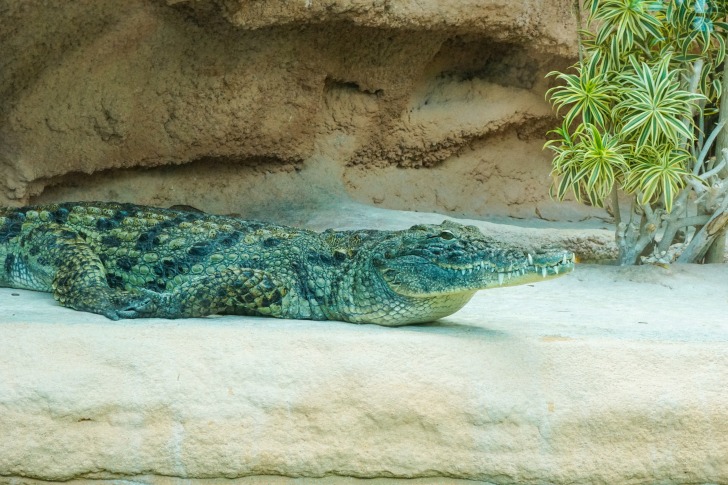
Interesting Alligator Facts in Austin
Alligators are becoming more common around Austin.
The city is at the northern edge of the range of the alligator, about 200 miles from the coast.
Over the last two years, a lot more of them have been seen in the area than what was common just a few years ago.
An alligator was said to have killed a dog in a south Austin neighborhood.
Wildlife officials were not able to determine if that was how the dog was killed, but they believe there are alligators in that specific area living there year-round now.
When the weather gets too cold around Austin, alligators can enter a brumation stage, which is like hibernation.
Their bodily functions slow down and they do not eat, but they do drink some.
They will stay in that state until the water gets to 55 degrees.
If there is some ice on the surface, they can stick their noses through to breathe while in brumation.
Alligators are very fast, for about 50 feet.
They can only run short distances.
That is why wildlife officials recommend staying 50 feet away from them.
Alligators store fat in their tales.
They eat only about once a week, and because of the fat stored away, they can survive up to a year without eating.
April to June is the mating season, and that is when alligators are most active and will be most aggressive.
Female Gators are very defensive concerning their young and will attack if you get too close.
Alligators vs. Crocodiles
The few alligators who get to the Austin, Texas area are American Alligators, the species that live in the southeast United States, from Texas to North Carolina.
Alligators are closely related to crocodiles, but they are different in many ways.
It is extremely unlikely you will ever see a crocodile anywhere close to Austin.
Here are some key differences.
Alligators are usually around 800 pounds and nine feet long, but there have been some reported at just over 1000 pounds and 12 feet long.
Crocodiles get much bigger.
They can weigh up to 2,000 pounds and grow to 20 feet in length.
Their mouths are very different.
Alligators have a rounded mouth and their teeth are hidden when the mouth is closed.
Crocodiles have a more pointed snout, and their teeth are visible when their mouth is closed.
Alligators have about 80 teeth, while crocodiles have a set of 66 teeth that are bigger and more orderly.
Both creatures grow new teeth to replace those that are lost.
Strength.
Alligators have a bite of 2,800 pounds per square inch, while crocodiles have an incredible bite of almost 4,000 pounds per square inch.
Crocodiles have the strongest bite of any creature that exists.
Humans bite at about 150 pounds per square inch. Even though their bite is very strong, both alligators’ and crocodiles’ mouths can be held shut by one person.
Both alligators and crocodiles like marshy low-lying areas that have a lot of water.
They both live in coastal areas, but alligators are freshwater creatures, while crocodiles like both fresh and saltwater.
Alligators live in the southeast United States and in China.
Crocodiles can be found in tropical areas around the world.
South Florida is the only place where they live together.
Alligators have webbed feet and are better swimmers.
Crocodiles have feet better suited to climbing or hanging onto the ground.
Both are very fast for a short distance but cannot run fast for more than 50 feet or so.
3 Safety Tips for Swiming in Alligator-infested Waters
You are not likely to encounter an alligator while swimming, but there are some things around Austin that could be dangerous.
Here are three tips to keep you safe while swimming in Austin.
- Swim in designated areas. There are rivers and lakes around Austin, providing lots of places to swim. Local officials have designated certain areas that are safe after having checked those areas out. There may be other places just as safe, but at least you know the area has been checked out if you swim in a posted area.
- Watch the weather. There can be flash floods when there is rain upstream, and that can make a river or creek rise rapidly. It can also increase the current to the point it gets dangerous. Don’t swim when there is lightning or even rain. In the Austin area, the biggest danger is that the current will get faster and become dangerous.
- Don’t swim alone or at night. Animals look for food at night. While it is unlikely there will be an alligator in the water, if there is going to be one, it will be at night. You also cannot see obstacles or other things that could injure you when you swim at night. Swimming alone is somewhat like swimming at night. There are dangers you are not aware of. If you get in trouble, there will be no one to help you, so it is always a good idea to swim with others.
Summary
Austin is at the northern limits of where alligators commonly live.
There have been a few spotted, and more lately.
Even so, alligators are rare in the Austin area.
Austin has bodies of water that alligators like, but it gets just a little too cold for them in winter.
Austin Safety Overview
READ THE FULL REPORT: Austin Safety Review
Safety Index:
- OVERALL RISK: MEDIUM
- TRANSPORT & TAXIS RISK: LOW
- PICKPOCKETS RISK: MEDIUM
- NATURAL DISASTERS RISK: MEDIUM
- MUGGING RISK: LOW
- TERRORISM RISK: LOW
- SCAMS RISK: LOW
- WOMEN TRAVELERS RISK: MEDIUM
Frequently Asked Questions
Can you hunt alligators in Texas?
Yes, you can, and that depends on where you are.
There is no special alligator license.
A valid hunting license of any kind allows you to hunt alligators.
Counties along the coast, where most alligators live, are called core counties.
The season in core counties is in September.
You have to have special tags to put on the tails of the alligators you catch.
Hunting in non-core counties has a longer season.
There is a limit of one alligator per person per season.
This means if you have a group of five people who have licenses, you can have five alligators.
What are alligators raised on farms, or caught by hunters, used for?
Alligators are hunted for their skin and for meat.
Since the 1800s, people have used alligator skin to make boots, belts, saddles, and other items.
In the early 1900s, there were some alligator tanning operations.
Since hunting became legal again in the 1990s, there has been renewed interest in alligator skins and in their meat.
There are also alligator farms producing meat.
The tail can be sliced into filets or steaks and grilled.
In the south deep frying is popular.
Some alligator meat is deep-fried.
Can you own an alligator in Texas?
The only people who can legally own alligators in Texas are zoos and owners of alligator farms.
Alligators do not make good pets.
They get terribly big and cannot be domesticated.
Eventually, people get to where they can’t handle them and put them into a lake or river, which endangers the alligator and other people.
Disposing of them that way is illegal and a private citizen owning one is also illegal.
What do alligators eat?
Alligators are flexible when it comes to food, and they will eat whatever they find.
They like to eat fish, turtles, snakes, small mammals, and birds.
They have been known to eat a dog.
It is very rare for them to eat a human.
Baby alligators eat crustaceans and small fish until they get big enough for larger prey.
I thought alligators were endangered. Why are people hunting them?
Due to overhunting, alligators did nearly become extinct, and in 1967 they were placed on the endangered list.
Hunting was made illegal, and conservation measures were taken to restore the alligator population.
The endangered status was removed by 1990 when the population had grown to a stable number.
The population of alligators continues to increase, and states have started allowing hunting.
In 1984, Texas legalized alligator hunting but placed limits on the season and how many can be taken.
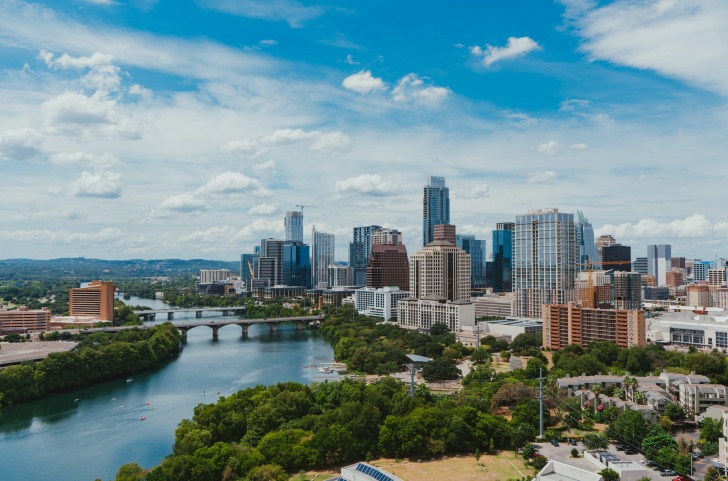



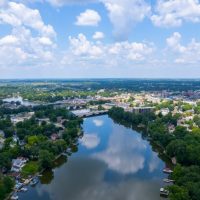
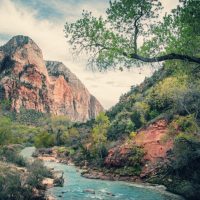
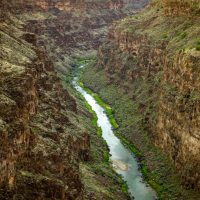





I lived in Austin for 1 1years and not once an alligator has been spotted. In 2019, on kayaker spotted one alligator for the first time in years after heavy rains that flooded Central Texas. Residents were alarmed and contacted the government to remove the animal. Texas environmental protection denied the request because alligators ( pests) are protected under many laws. Now, Austin residents have to suffer during Texas hot days 125- 145 F because of one reptile. Today, I won’t swim at the Ladybird Lake or Lake Austin for the fear I may die because of alligators. These pests breeds faster than any other animal and are too a threat to the ecosystem. The beautiful hot summer and swim days of Austin ‘s country life is now something of the past.
Is this serious? While not commonly found near downtown, alligators are native to the Austin Area, which is likely why your request was denied. You can even legally hunt them. Not to mention the fact that “one reptile” cannot reproduce. Plus alligators are not considered particularly fast breeders. Also the all-time record high in Austin is 112°F.
They are not often seen, but they do live in the area.
There have been no reports of alligator attacks on humans around Austin.